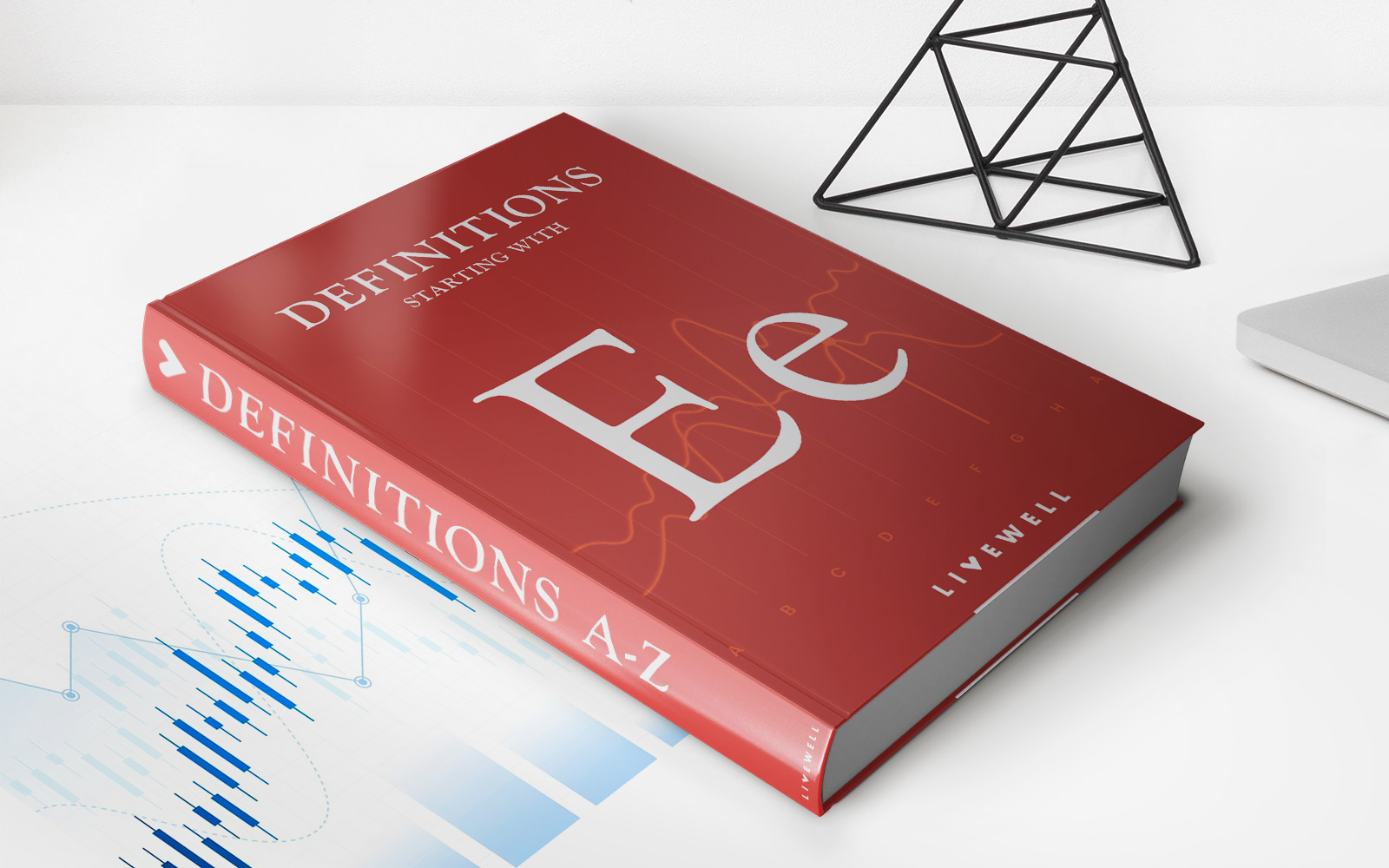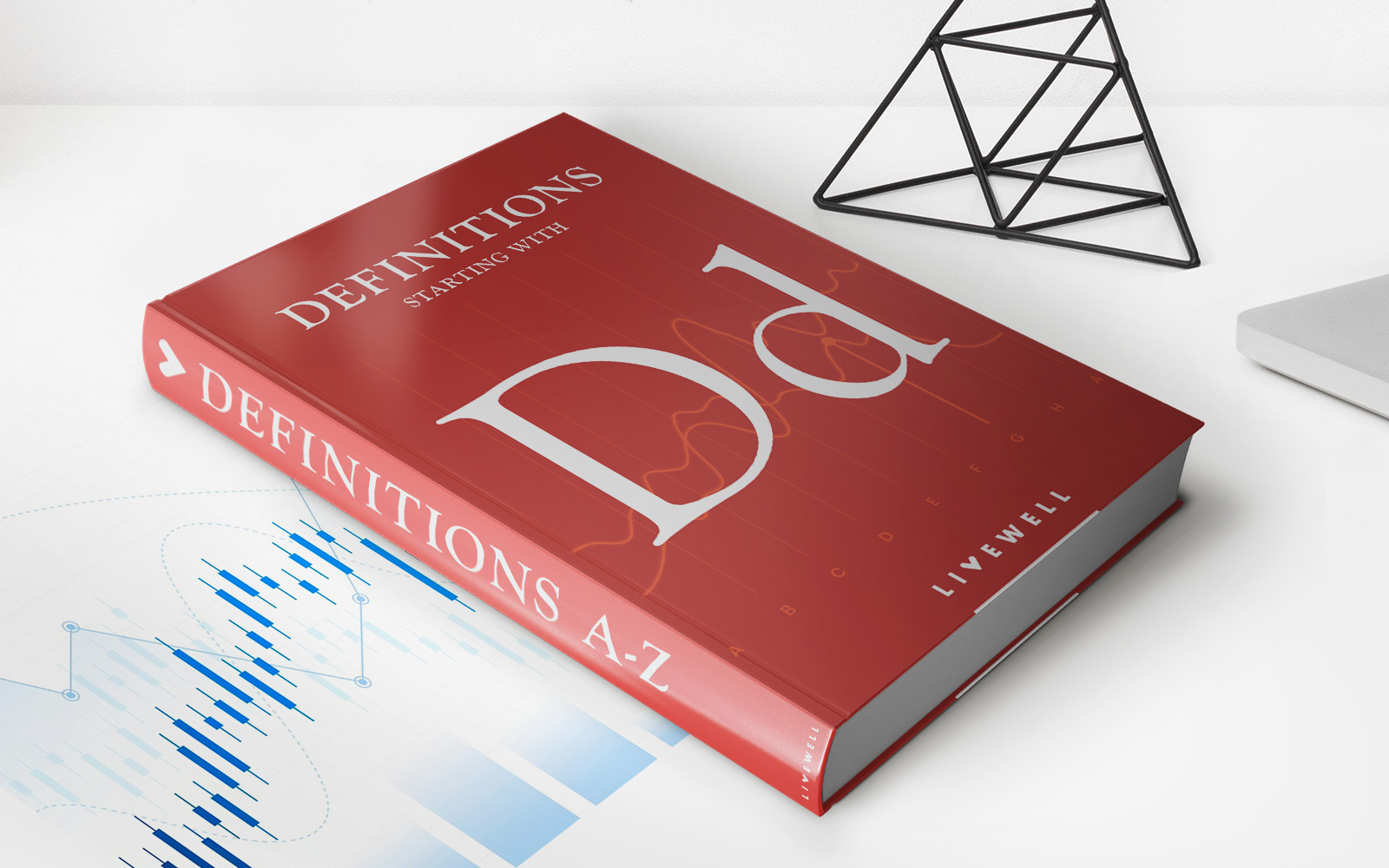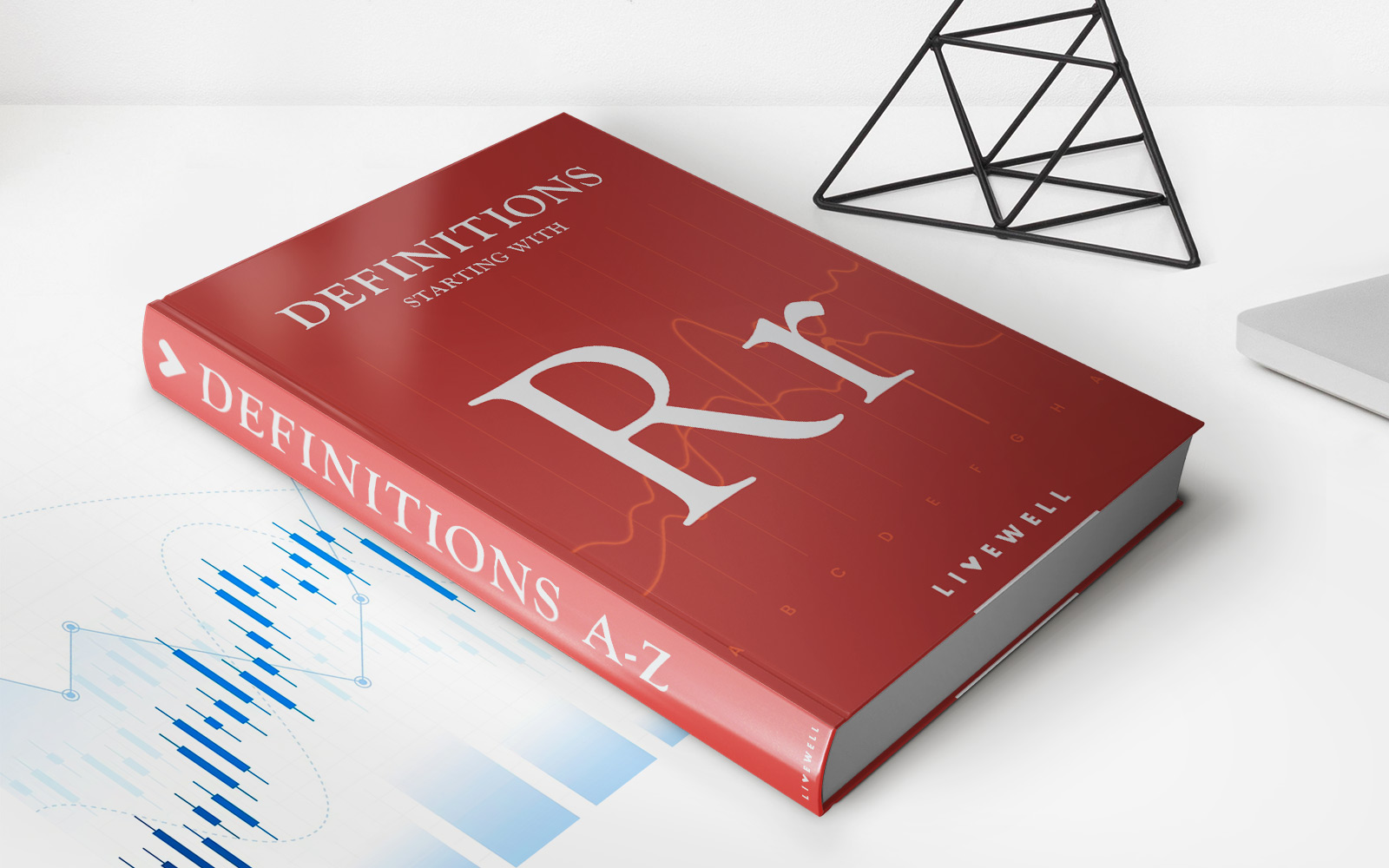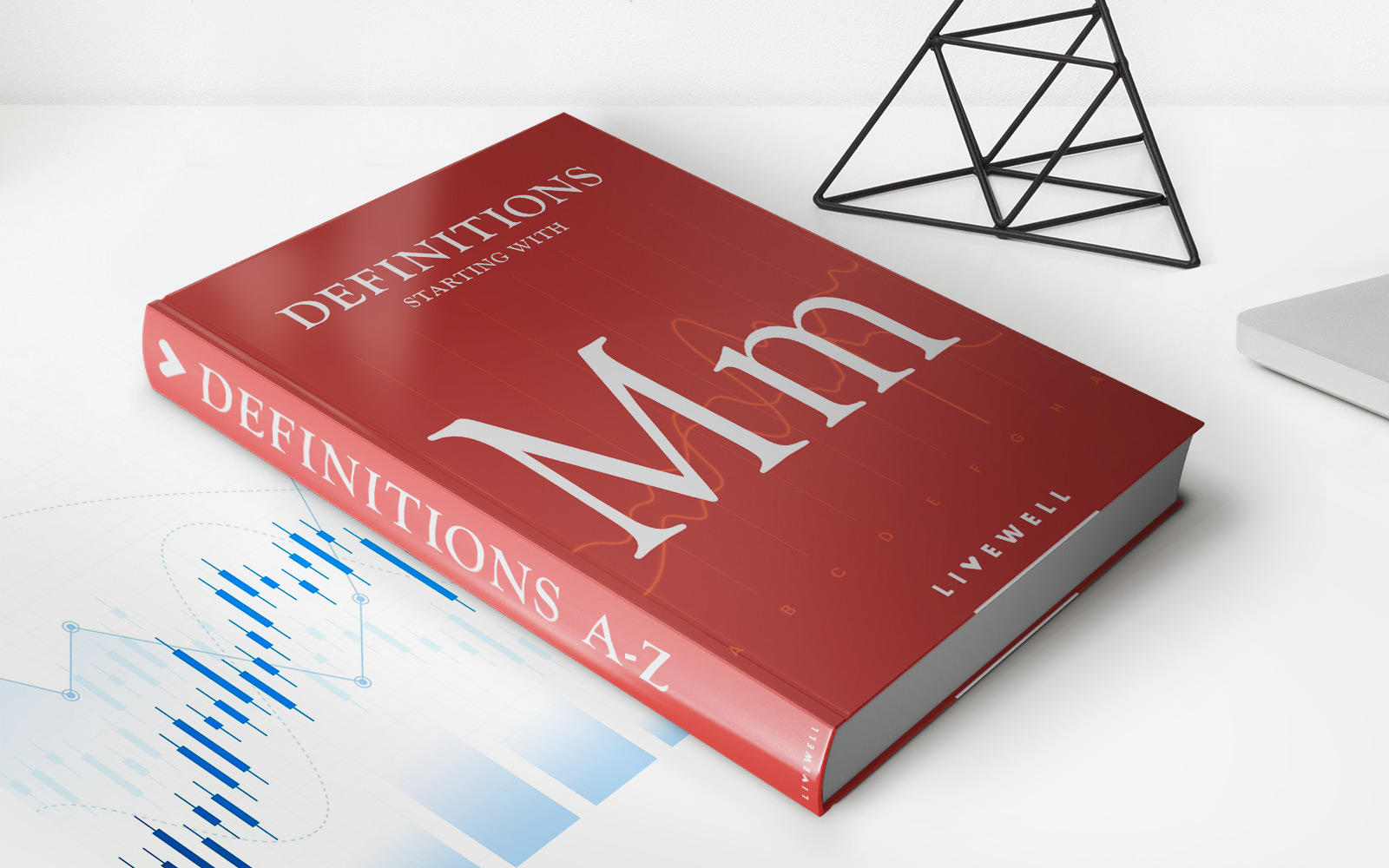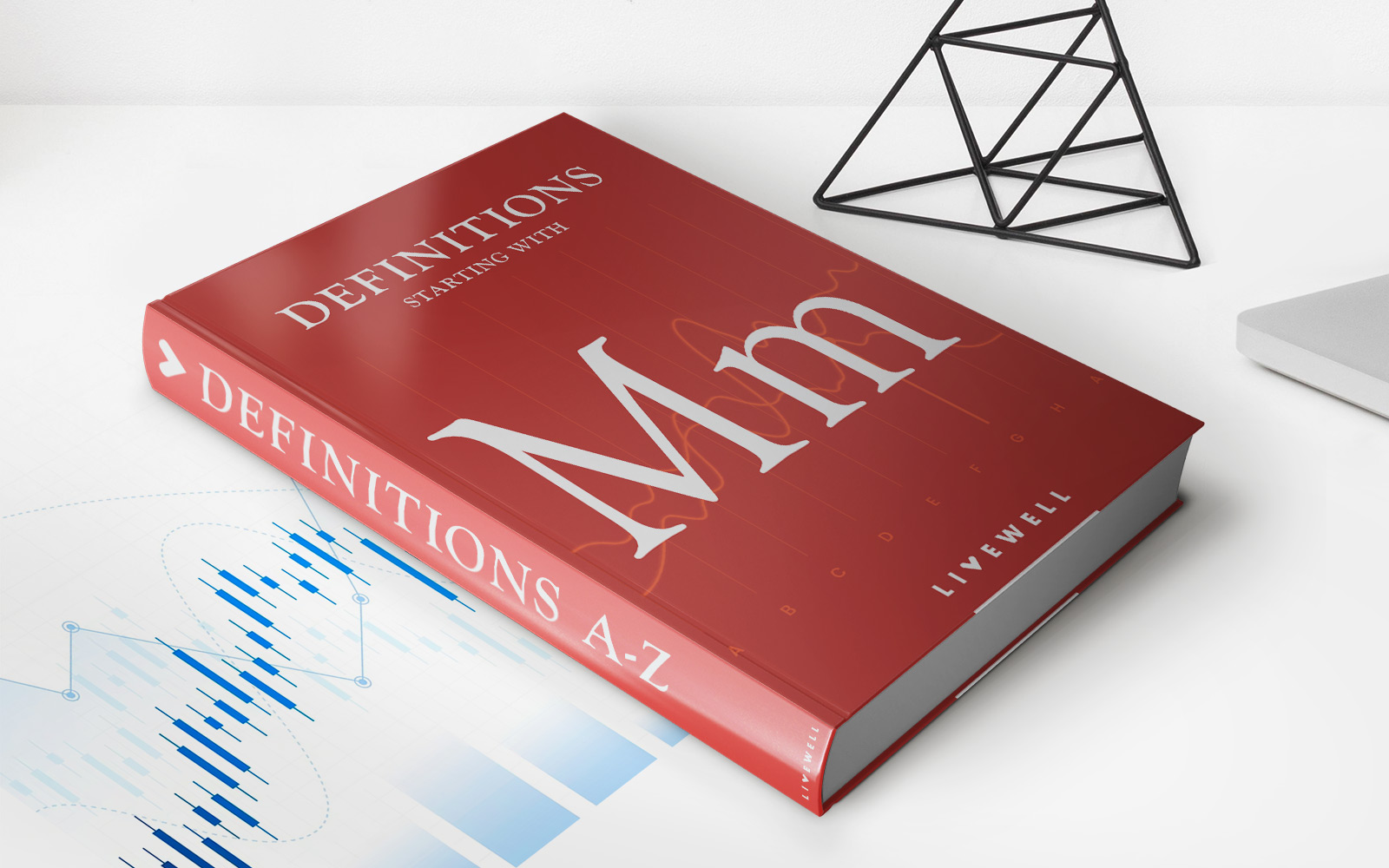Home>Finance>Registered Retirement Savings Plan (RRSP): Definition And Types

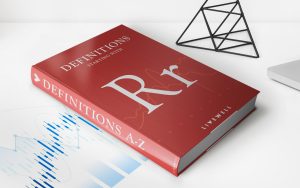
Finance
Registered Retirement Savings Plan (RRSP): Definition And Types
Published: January 17, 2024
Learn about the registered retirement savings plan (RRSP), its definition, and various types. Enhance your finance portfolio with this tax-advantaged savings vehicle.
(Many of the links in this article redirect to a specific reviewed product. Your purchase of these products through affiliate links helps to generate commission for LiveWell, at no extra cost. Learn more)
Understanding the Registered Retirement Savings Plan (RRSP)
When it comes to planning for your financial future, one option that can be a great tool for saving is the Registered Retirement Savings Plan (RRSP). In this article, we’ll dive into what an RRSP is, its benefits, and the different types available to help you make the most of your savings.
Key Takeaways:
- RRSPs are a popular investment vehicle in Canada, designed to help individuals save for retirement.
- Contributions made to an RRSP are tax-deductible, which can lower your tax liability during your working years.
What is an RRSP?
An RRSP is a type of investment account that is registered with the Canadian government. It is specifically designed to help you save for retirement by providing tax advantages. Contributions made to an RRSP are tax-deductible, meaning that they can be deducted from your taxable income. This can result in substantial tax savings, especially if you are in a higher tax bracket.
As an incentive to save for retirement, the government allows any investment growth and income generated within an RRSP to grow tax-free. This means that your investments can grow and compound over time without being subject to taxes, potentially resulting in a larger nest egg for your retirement.
Types of RRSPs
There are different types of RRSPs available, each with its own features and benefits. Here are some of the common types:
- Individual RRSP: This is the most popular type of RRSP and is designed for individuals who have earned income. Contributions made to an individual RRSP are based on a percentage of your income, with a maximum annual contribution limit set by the government.
- Spousal RRSP: A spousal RRSP allows a higher-earning spouse or partner to contribute to an RRSP in their lower-earning partner’s name. This strategy can help equalize retirement incomes and potentially reduce taxes in retirement.
- Group RRSP: A group RRSP is offered by some employers as part of an employee benefits package. It allows employees to contribute a portion of their salary into an RRSP, often with the added benefit of employer matching contributions.
- Self-Directed RRSP: With a self-directed RRSP, you have more control over your investments. You can choose from a wide range of investment options, including stocks, bonds, mutual funds, and more. This type of RRSP is ideal for those who want to take a hands-on approach to managing their retirement savings.
In Conclusion
Planning for retirement is crucial, and opening an RRSP can be a smart financial move. By understanding the different types of RRSPs available and the tax advantages they offer, you can take steps towards a secure financial future. Remember, it’s never too early to start saving for retirement, so start taking advantage of the benefits of an RRSP today.
Key Takeaways:
- RRSPs are a popular investment vehicle in Canada, designed to help individuals save for retirement.
- Contributions made to an RRSP are tax-deductible, which can lower your tax liability during your working years.


